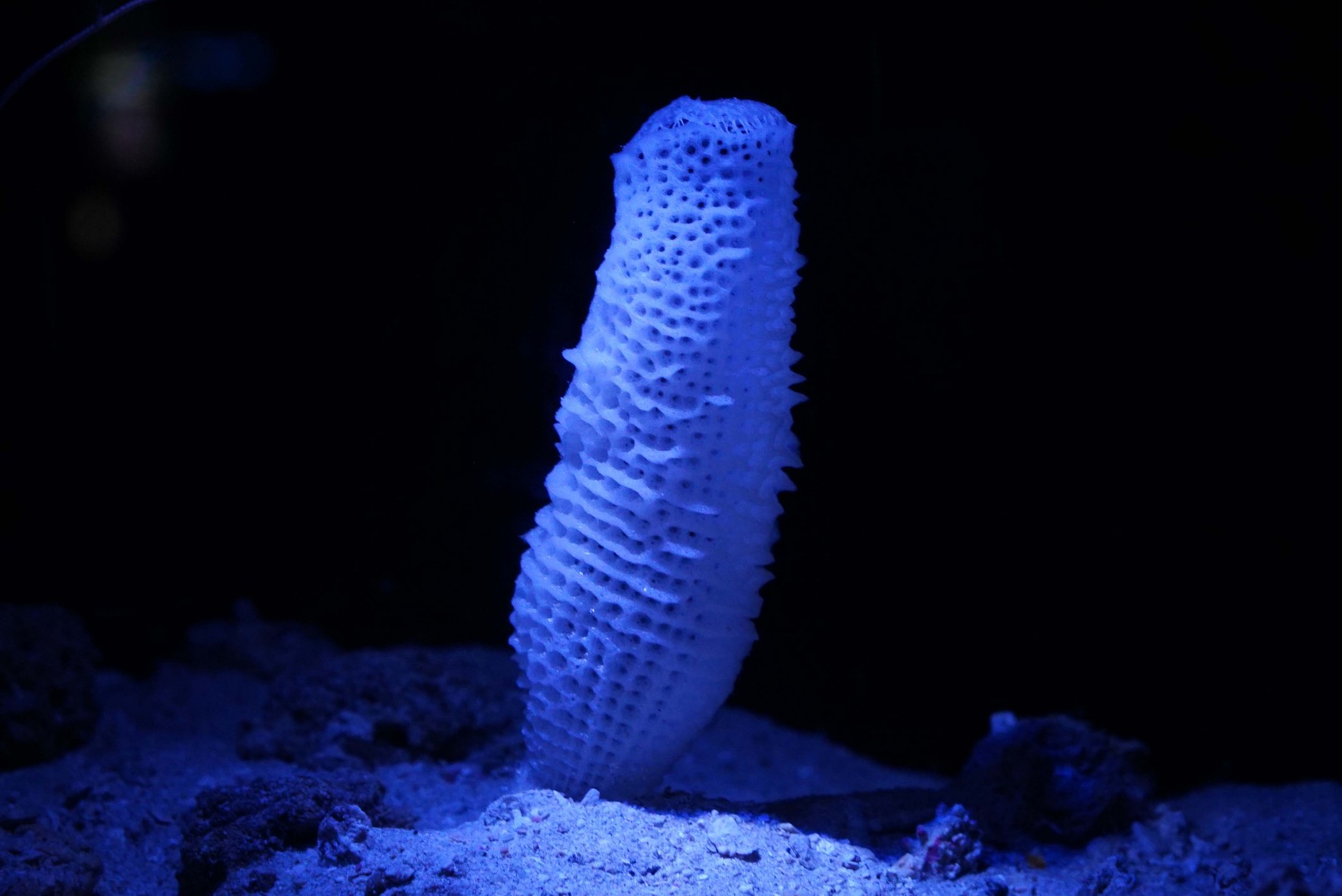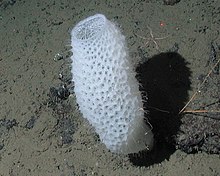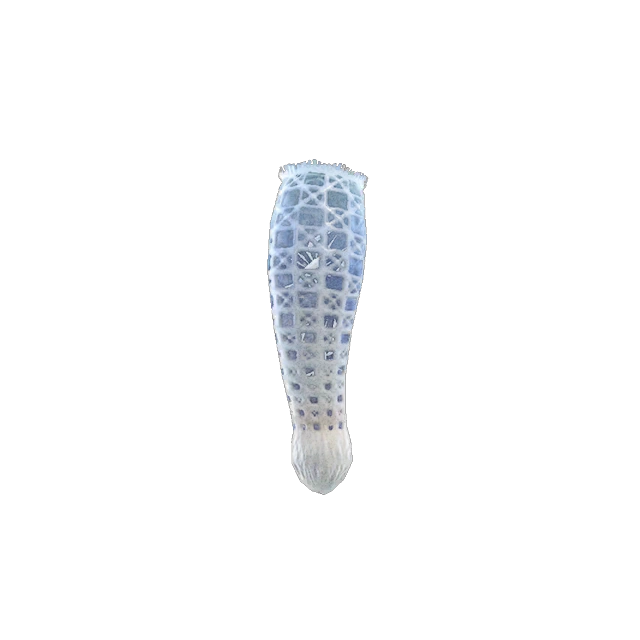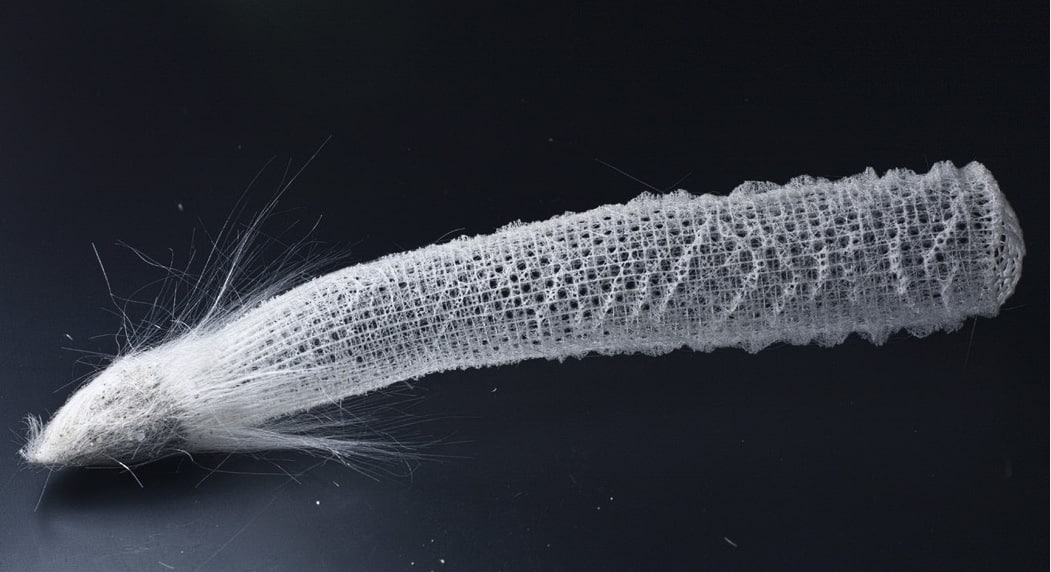venus flower basket scientific name
The characteristics features of the genetic code are i. The Venus flower basket is a glass sponge in the phylum Porifera.
The Japanese name kairo douketsu also refers to the long-lasting love between the couple.

. It is a marine sponge found in the deep waters of the Pacific ocean. Inside of a Venus flower basket is a pair of shrimp-like decapod crustaceans Spongicola venustus that dwell in its hollow form their whole life. It is a sponge belonging to the phylum Porifera.
The venuss flower basket or euplectella aspergillum is a hexactinellid sponge in the phylum porifera inhabiting the deep ocean. A net of living tissue surrounds the siliceous. Hickman Roberts and Larson 1997.
What do Venus flower basket eat. It is always universal ii. In the living animal the skeleton is covered by a thin layer of cells.
Was this answer helpful. Venus Flower Basket Scientific Name. Hence the name Venuss-Flower-Basket At its base E.
It is found in deep ocean. In English it is named the Venus flower basket due to the love of the pair. The skeleton of Venuss flower basket is a prized curio.
This sponge often houses two small shrimp-like Stenopodidea a male and a female who live out their lives inside the sponge. It has a unique lattice structure of fused siliceous spicules giving it a glass-like look. The Venus Flower Basket scientific name Euplectella aspergillum.
The scientific name of Venus flower basket is Euplectella aspergillum. Detailed Solution Download Solution PDF. Further the only thing keeping this glass sponge anchored to the sea floor is a tuft of tiny glass structures called spicules each about the thickness of a human hairYet these sponges manage to hold firm and.
Also Know what is the phylum of Euplectella. At a distance this specific species of glass sponge looks like a glass-blown morel mushroom or the turret of a cathedral made of ice. What is the Scientific Name of National Bird of India.
Glass sponges earn their name from their peculiar skeletons crystalline lattices of tiny rods of silica. Euplectella species feed on organic debris and microscopic organisms that are drawn into its central cavity through numerous holes in the body wall. The white vase-like sea sponge known as the Venus flower basket would seem incredibly fragile since its made of silica the main ingredient of glass.
They are hexactinellid sponges in the phylum Porifera. Looking more like delicate sculptures than animals these tube-shaped sea sponges typically stand 10 to 30 cm tall and filter tiny food particles from the seawater as it flows through their bodies. Its body is composed of silica and looks like a sculpture or perhaps a vase made of glassy mesh.
Aspergillum class Hexactinellida glass spongesThe name Venuss flower basket derives from the sponges delicate white latticelike skeletons made of silica. The most famous glass sponge is a species of Euplectella known as the Venus flower basket which builds its skeleton in a way that entraps a certain species of crustacean inside for life. Inhabiting the deep ocean in the Indo-Pacific region.
But it is instead a remarkable sea sponge found in the deepest parts of the ocean. Euplectella aspergillum Common Name. The sponge often symbiotically houses two.
The Venus flower basket Euplectella aspergillum is a glass sponge in the phylum PoriferaIt is a marine sponge found in the deep waters of the Pacific oceanAs other glass sponges they build their skeletons out of silica which is of great interest in materials science as their optical and mechanical properties are in some ways superior to man-made materials. The Venus flower basket looks like an otherworldly creature one would find on an alien planet. Venus flower basket is the dried skeleton of.
Likewise people ask what is the scientific name of Euplectella. Despite the suggestion of their common nameVenus flower basketthese sponges dont care much for. Click to see full answer.
The skeleton of the Venus flower basket is made up of silica and depends on phytoplankton for their food source. Venus flower basket is the name of the dried skeleton of a euspongia b euplectella c spongilla. One group of animals thae eat the Venus Flower Basket are nudibrancheswhich are sea slugs.
Venus flower basket Euplectella aspergillum is a marine animal that lives anchored to the deep ocean floor near the Philippines. It is non-overlapping non-ambiguous and. The scientific name of Euplectella aspergillum and other options in the question are Leucosolenia Euspongia and Sycon are called as Branching Ball sponge bath sponge and crown sponge respectively.
In some Asian cultures this particular sponge in a dead dry state was given as a wedding gift because the sponge symbiotically houses two small shrimp a male and a. The mosquito belongs to the phylum arthropoda. Venuss flower basket any of several sponges of the genus Euplectella especially E.
Definition of Euplectella. Euplectella aspergillum aspergillum Owen 1841. The Venus Flower Basket is radially symmetric and moderately sized ranging from 75cm-13m in height.
Known occurrences collected specimens and observations of Venuss Flower Basket. It is a triplet of nucleotides bases corresponding to 20 amino acids iii. A genus of hyalosponges comprising the Venuss-flower-basket having a skeleton of interwoven siliceous spicules and growing in the form of a cornucopia.
Keeping this in view how do Venus flower baskets reproduce. Aspergillum has a tuft of elongated spicules that attaches it to the ocean bottom Buchsbaum and Pearse 1987. View this species on GBIF cc-publicdomain Venuss Flower Basket includes 4 children.
Aspergillum is found in a small area of the sea near the Philippine. Animals belonging to phylum porifera are exclusively marine.

Siliceous Sponges A Venus Flower Basket Euplectella Aspergillum Download Scientific Diagram

Glass Skeleton Is Tough Yet Flexible Biological Strategy Asknature

Glass Skeleton Is Tough Yet Flexible Biological Strategy Asknature

How Intricate Venus S Flower Baskets Manipulate The Flow Of Seawater Science News

Venus Flower Basket Churaumi Fish Encyclopedia Okinawa Churaumi Aquarium For The Next Generation To Inherit The Beautiful Seas Of Okinawa




